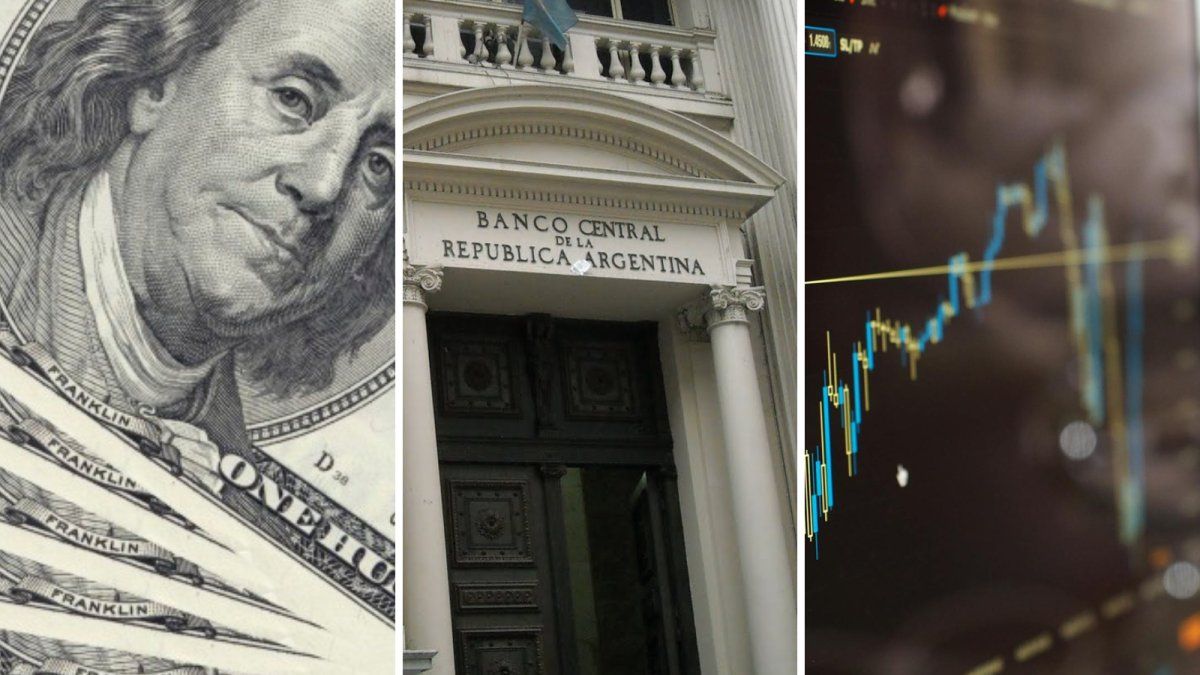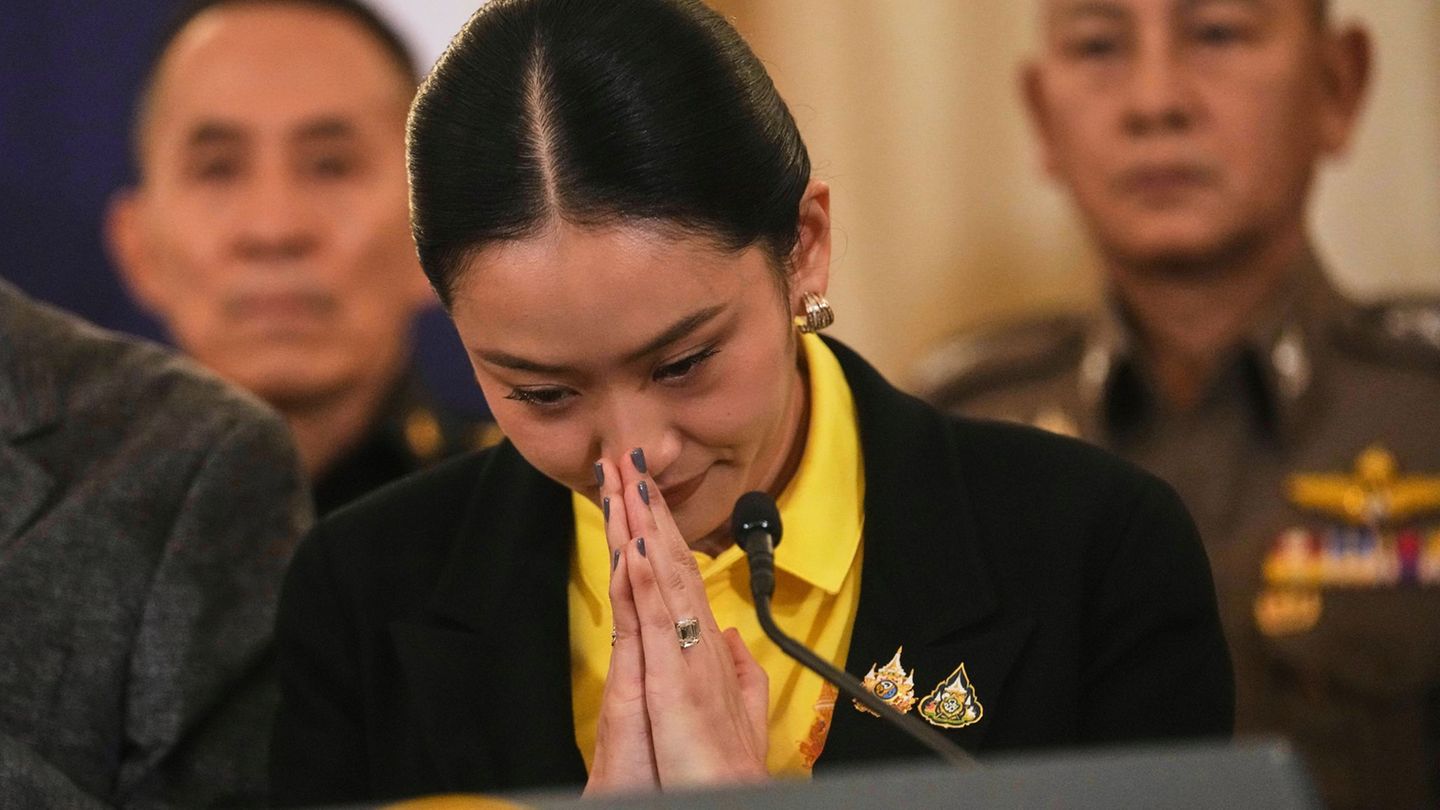The plan announced by the Government to end the emission required to purchase dollars in the official market consists of sell dollars in the financial market to sterilize the pesos that requires this prior operation. This was announced by the Minister of Economy, Luis Caputo, within the framework of the second part of his economic plan. The main objective is to control the exchange rate gap, which shot up in the previous days, in order to lower inflation. However, the market believes that it is nothing less than an intervention in exchange rates and analyze the effects it may have.
The reasons for the new monetary plan
“The Government presented it as a monetary measure to prevent the amount of pesos in the monetary base from growingbut what they are actually doing is expand the intervention. What matters to them is to lower the price of the dollar because it had reached $1,500 and the gap went from 15% to 60% in two months. This brings them many problems: importers accelerate their operations and exporters perceive a cheap dollar and do not liquidate, especially in the countryside, in addition to the fact that expectations of devaluation are encouraged,” he details. the economist Christian Buteler to Ambit.
In the same line, FIDE’s chief economist, Pedro Gaitenotes that “the sterilization of pesos by the purchase of dollars has more to do with justify intervention in the exchange rate gap rather than reducing monetary emission“. He points out that this last element was something that nobody was asking for. In fact, he recalls that the Government had said that this emission was virtuous.
“I think that the reasons that led the Government to take these measures have to do with the intention of containing the gap in view of a possible exchange rate unification,” he points out, for his part, the economist Martin CarroAnd he believes that cutting off a source of emissions seems to have “a connection with the story they are trying to convey and helps them to avoid it plain and simple: we are going to intervene in the parallel dollar.”
Horacio Miguel Arana, Senior Research Fellow of the International Foundation Baseshe notes, however, that “the reasons are aligned with the strategy of closing the monetary emission tap in all its forms and it is a process that takes time.”
Gap and inflation: Caputo and Milei’s main objective
Arana details that “the measures are a way to sterilize the issue by purchasing dollars from exportersbuying cheap and selling more expensive in the CCL” and, as observed in Caputo’s statements, points out that “The underlying objective is to deepen the disinflation process“.
However, Buteler comments that, On the eve, the expanded monetary base grew and they did not sell dollars because the dollar fell“Thus, he made it clear that what was sought was not a monetary rule, but rather a lowering of the price of the dollar, and it was announced with that objective, that operators would sell their dollars in order to achieve that end,” he said.
“The Government hopes that the intention to intervene will help liquidate exports with a ‘blend’ relatively high and thus keep the gap under control, which influences the mood of the markets,” explains Carro.
New monetary policy: the effects of the measure
The truth is that on the first day of validity, The blue and financial dollars began to fall and the gap narrowed sharplybut stocks and bonds did not have a good reaction. Nevertheless, Carro admits that “we do not yet know the final result”, although he warns that “the risk is high” because he believes that “announcing the non-accumulation of reserves makes the dynamics of the official exchange rate inconsistent”.
“It can go out the other way: Let no one believe that they will maintain the 2% crawl for long, holding back the liquidation of exports and generating greater exchange rate tensions.. This second scenario of a drop in the credibility of the exchange rate scheme also puts disinflation at risk. Tradable assets had been running at around 2% per month, at the same rate as the official dollar. For continuity, this consistency is necessary,” Carro predicts.
But Arana warns that “it is too early to draw conclusions” and believes that The possible execution of the “puts” and their corresponding issuance also play a role in this monetary strategy.In this regard, he anticipates that, “if the market continues to respond well, it is possible to stabilize the dollars in the short term, and we can take advantage of this peace to break the trap.”
For its part, the economist Mariano Fernandeza professor at the University of CEMA, believes that “the last two measures: the rescue of repo notes and their exchange for monetary regulation bills (LEFI) together with the new exchange rate scheme, in the short term may generate a temporary reduction in the exchange rate gap, but, at the same time, imply a greater exchange rate lag, an increase in sovereign risk, a deterioration in the trade account and an increase in debt with importers.”
And, in the longer term, he argues that increases the probability of devaluation (due to the exchange rate lag), “This could lead to the abandonment of the disinflation process, due to the risk of a fall in demand for money, and to a setback in the process of accumulation of reserves.”
Gaite also warns that this will aggravate Argentina’s current lack of dollars and argues that, if the government’s plan to reduce the gap is successful, it will aggravate the BCRA’s lack of reserves. “The lack of dollars due to the need for appreciation of the official exchange rate is the real problem and it will continue to get worse,” he warns.
Source: Ambito
I am a 24-year-old writer and journalist who has been working in the news industry for the past two years. I write primarily about market news, so if you’re looking for insights into what’s going on in the stock market or economic indicators, you’ve come to the right place. I also dabble in writing articles on lifestyle trends and pop culture news.




